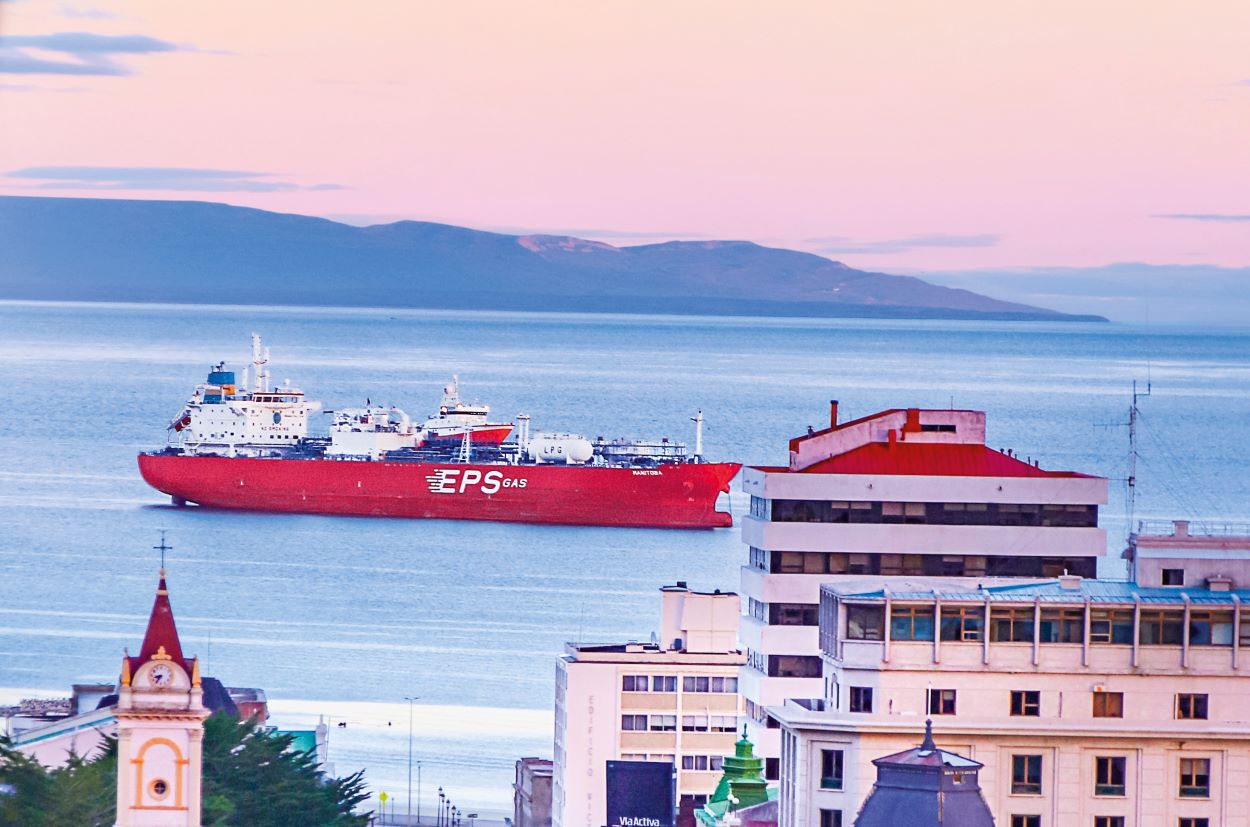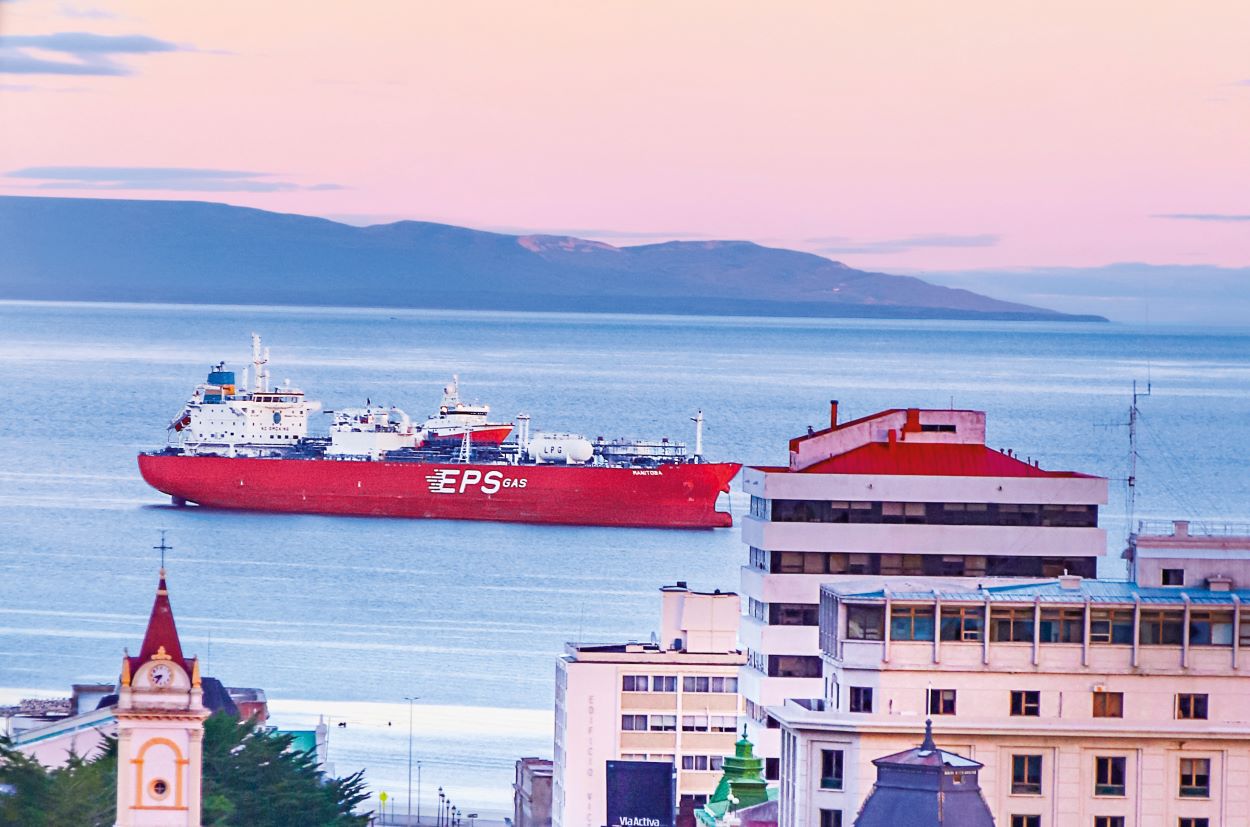Piñera Pitches Mining Tax amid Miner Rescue
Piñera Pitches Mining Tax amid Miner Rescue
With attention turned to the rescue of 33 trapped miners, Chilean President Sebastián Piñera unveiled a new bill to raise taxes on the country’s lucrative mining industry. The rescue efforts could also spell reform of the agency overseeing mining safety.
Buried almost 2,300 feet below the surface since August 5 and forced to share a 540-square-foot space in 93-degree heat, 33 Chilean miners await rescue. Meanwhile, above ground in Santiago, debate unfolds over safety regulations and taxing profits on an industry considered the backbone of the Chilean economy. The government of President Sebastián Piñera has introduced a bill with an eye to helping earthquake reconstruction by increasing taxes on the mining industry, already responsible for making Chile the world’s largest copper-producing country. But Congress already rejected a similar bill in July.
The Piñera administration unveiled this week the revised mining royalty bill, which could generate as much as $1 billion in revenue. The legislation would increase taxes on mining profits for the next two years by raising both the minimum tax rate (from 3.5 to 4 percent) and the maximum tax rate (from 7 to 9 percent). As much as 30 percent of the funds would be used to boost recovery of areas affected by the February 27 earthquake. In exchange for adopting the voluntary tax increases, Piñera’s proposal offers incentives such as government assurances of tax stability until 2018, when rates are slated to rise to between 5 percent and 9 percent. While rejection of a similar proposal earlier in the year was the first real political setback for the newly inaugurated president, his government now hopes to push through the revised bill before Chile’s bicentennial celebrations on September 17. Piñera, whose popularity has soared as a result of his government’s handling of the mine collapse, could make use of his newfound political capital to push through the revised bill.
Chile’s mining industry plays a central role in the country’s economy. Mining generated more than $40 billion in revenue last year, representing 17.5 percent of the country’s $169 billion GDP. But the collapse at the San José mine could have a long-term impact on mining regulations in Chile. Shortly after the accident, Piñera demanded the resignation of top officials at and restructuring of the National Geological and Mining Service of Chile (SERNAGEOMIN), the agency responsible for the oversight of Chilean mines. The president said the restructuring of the agency “will allow us to modernize and update services. We have information proving that there have been many failures, many errors, and many omissions on their part.”
Critics of the agency have long claimed it lacked the adequate number of auditors to do its job properly and cited close relationships between the agency and mine owners as a conflict of interest. SERNAGEOMIN operates with only 18 inspectors, which makes regulating the country's 4,500 mines difficult. Chilean lawmaker Baldo Prokurica, a member of the Senate mining committee, said he has pushed for a congressional overhaul to increase the number of inspectors at SERNAGEOMIN. “The government has abandoned (the regulator),” Prokurica told the Associated Press. “If you look at the laws, they are good. We need to enforce the laws, not make more laws or increase fines.”
As of last week, SERNAGEOMIN as well as the San Esteban Mining, which owns the San José mine, were under investigation by the Chilean government for their roles in the mine collapse. At a Chilean congressional hearing, the owners of the company were questioned over the accident and its causes. The mine’s owners pointed to a lack of capital as the main reason for cutting back on safety requirements. San Esteban, already on the brink of bankruptcy, said it lacks the funds to pay even the salaries owed to the trapped miners once they are rescued. The rescue of trapped miners is expected to cost Santiago $1.7 million and last until December.
Learn More:
- President Sebastián Piñera will address Americas Society and Council of the Americas on September 22.
- The Government of Chile’s official website reports on the ongoing rescue at the San José mine.
- The British government features a report on Mining in Chile.
- The Wall Street Journal provides an interactive with images and profiles of the 33 trapped miners.
- The BBC features a diagram showing the measurements of the San José mine.
- The Daily Telegraph gives information on the rescue and efforts to sustain the miners.
- The Government of Chile offers several maps illustrating Chilean geography







